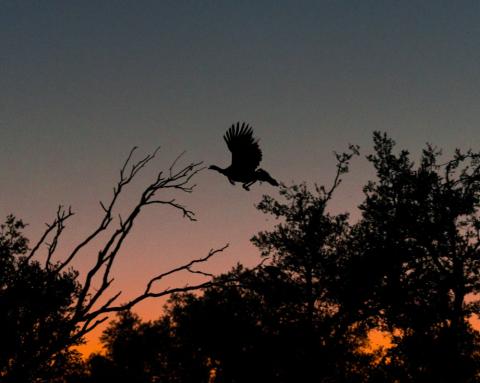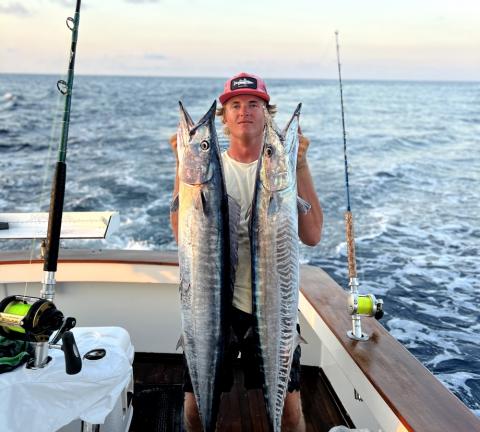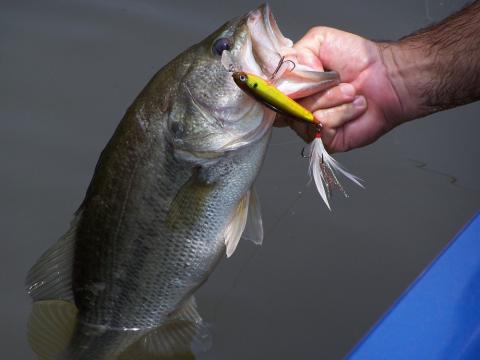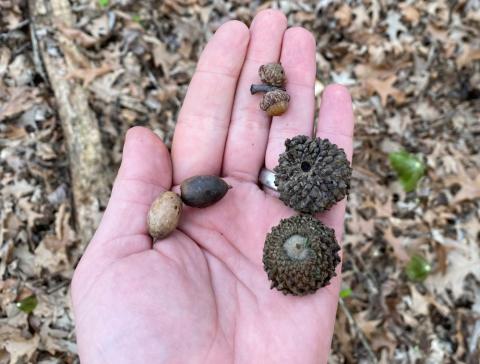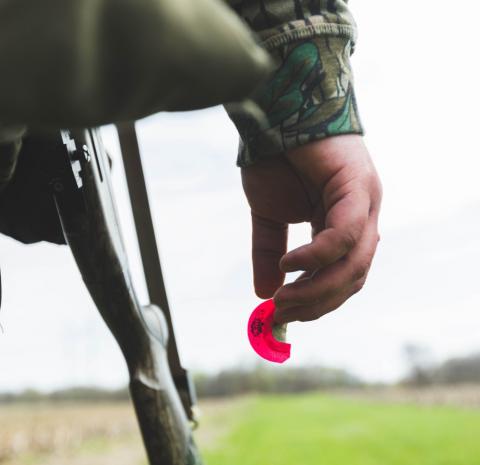provided by John E. Phillips
One of the hunting sports that has been growing by leaps and bounds is predator hunting. Predator hunting serves several purposes. It’s a way to take the animals that prey on deer, turkey, rabbits, quail and squirrels to help increase the population of these game animals. Too, harvesting predators is a way to harvest fur bearers and earn extra money during this pandemic. In many states, hunting predators has a long season, and you can hunt predators at night as well as in the daytime. Mossy Oak Pro Gary Roberson of Menard, Texas, the president of Burnham Brothers Calls, has been there from early predator calling all the way up to the newest innovations in predator callers. Roberson has just written a new book, “Eyes Front: 60 Years of Hunting the Hunters,” available from Burnham Brothers that contains six chapters on rattling whitetails, 10 chapters on calling turkeys and the rest of the book on calling predators – starting with the basics and continuing to the latest information on ultrasonic callers.
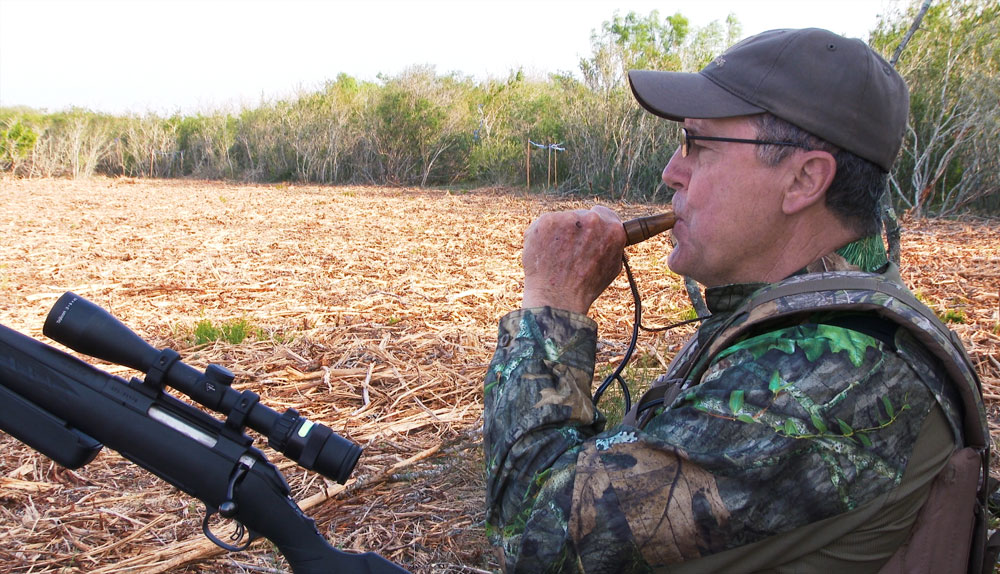
Today, the new ultrasonic predator caller that we at Burnham Brothers are taking to the market is called the Rogue. If a hunter understands just a little bit about what ultrasonic sound is, we’ll see the market and predator callers change drastically. Most really avid predator callers know that coyotes can hear up to 45,000 Hz. Somehow or the other, word has gotten out about this ultrasonic predator caller of ours, and right now we have a waiting list of 5,000 customers ready to buy this caller as soon as it hits the marketplace - probably sometime in January 2021.
To better understand how ultrasonic sounds relate to critters, on my laptop computer I’ve downloaded an app called a Bat Recorder app, which is used to analyze how bats communicate using ultrasonic sound. Those bats can hear frequencies of over 100,000 hertz. They move and fly as though they are using radar. With that app, I can use an ultrasonic microphone and analyze ultrasonic sounds. The hunter will hear some of the sounds that this caller makes because not all of the sounds that a predator-in-distress makes are at the highest range of ultrasonics. For this reason, these new callers have two different speakers.
The ultrasonic speaker begins to kick in at the 12,000-15,000 hertz level and continues all the way up to the 50,000 hertz level. On the bottom end of the sound, we need a speaker that goes down to 200 hertz. By combining these two speakers, we can get the purest and most realistic sounds that prey animals make. The lower speaker takes the sound from 200 hertz up to about 12,000 hertz. The ultrasonic speaker takes the sound from there up to over 50,000 hertz. These two speakers have to work in unison to make the purest, most realistic sounds possible.
Not all predator hunters are as eaten up with predator hunting as I am. About 70 percent of the newcomers to the predator market just want to know how to get started predator hunting. I’m often asked what call a beginning predator hunter should learn to use first, what do I need to do to be successful, and which predator will be the easiest one to call. I believe for beginners, they don’t need to start predator hunting with an electronic caller that may cost $200 or more. I’d strongly suggest getting a call that is rugged, inexpensive and easy to blow, and then the novice predator hunter will have a good chance of being successful.
When I first started calling predators seriously, I started using a Burnham Brothers’ C-3 Long Range Call. Many years later, I tested this call with an oscilloscope and discovered that it does go ultrasonic. This hand-blown call will bring in foxes, coons, bobcats, coyotes and about every kind of critter you want to call. The first creature I suggest a beginning predator try to call in is raccoons. A new hunter can go to an area where he knows there’s a large raccoon or fox population, because these two critters are the easiest to call. I recommend a beginner caller try to call in coons after dark in areas where hunting them after dark is legal. If you can pinpoint an area with lots of gray foxes, hunt that land during daylight hours. Usually, when you set up to call predators, the gray fox is often the first predator to arrive at your calling site.
This C-3 Long Range call costs about $15. If you get enthusiastic about predator calling and decide that you really want to get into this calling game, consider purchasing an electronic caller. One of the biggest mistakes beginner predator callers make is starting with an electronic caller because they’re so easy to use. We did a series of videos back when Mossy Oak was big in the video business and used an electronic caller. The video series was called “Eyes Front,” and every year we (Burnham Brothers) did a predator-calling video for Mossy Oak. The electronic caller enabled us to make a video easily because the predator would come in and all of his attention would be on the electronic caller. I’d be away from the caller, so I could get a good, clean, easy shot. Also I could move when I needed to, and the cameraman could move when he needed to without spooking any critters. When we hunted the same ranches where we’d had success before, in two or three years, we weren’t nearly as successful calling in critters as we’d been in previous years.
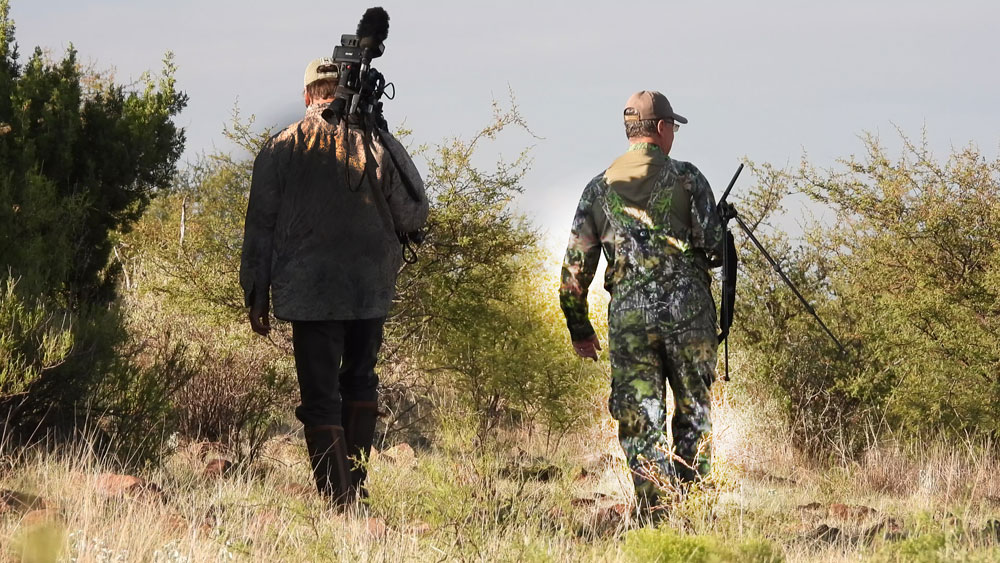
So, instead of using electronic callers, we used hand callers and took as many predators as we’d taken the first year we used electronic callers. With an electronic caller, if you only use it in the places you hunt once every 6 months to a year, then you can return to those places and be successful. After two years of using an electronic caller in an area, if you switch and go to a hand caller, you’ll increase the number of critters you take by about 50 percent. Something else that will help you be successful is to not use the same sound in the same area that you’ve used the year before. If you use a rabbit-in-distress call the first year, then you may want to go to a bird-in-distress sound or any of the other sounds in the callers. If you use a hand caller somewhere, use a different hand caller if you return there.
My favorite rifle for hunting predators is a Ruger American because it’s lightweight, can take a lot of abuse, is accurate, has a good trigger and is a .22-250 caliber. The .22-250 is a flat-shooting gun out to about 350 yards, but predator calling to me is about calling the predator in close. My average shot for predator calling is only about 50-60 yards.
My rifle scope of choice is Trijicon AccuPoint 3-9x40 riflescope. I’ve found that this rifle scope is very good under low-light conditions, and the scope is really rugged and can take abuse. It has a dot in the reticle, and I prefer to use the green dot instead of the red dot for quicker target acquisition. The scope is extremely clear and bright. I usually have my scope set between 5 and 6 magnification, and if I’m hunting in south Texas where the cover is thicker, then I might have it on 3 magnification.
I don’t use a blind; I depend on my Mossy Oak camouflage to hide me. I just back up against a bush or a tree, and I don’t want anything in front of me. I like to set up in the shade and have the sun behind me. Nowadays, daytime calling is about the only time that I catch predators. In Texas where I hunt, you can hunt out of a vehicle. I’ll pull a truck out into the middle of an opening and can call and take predators very successfully that way. But you must follow state regulations for predator hunting in a vehicle. I like to hunt around the oil pumps in west Texas because the predators are accustomed to vehicles moving and stopping. So, they don’t get spooked when we pull up, or when we’re stopped. We can cover more ground quicker than when we’re walking.

















